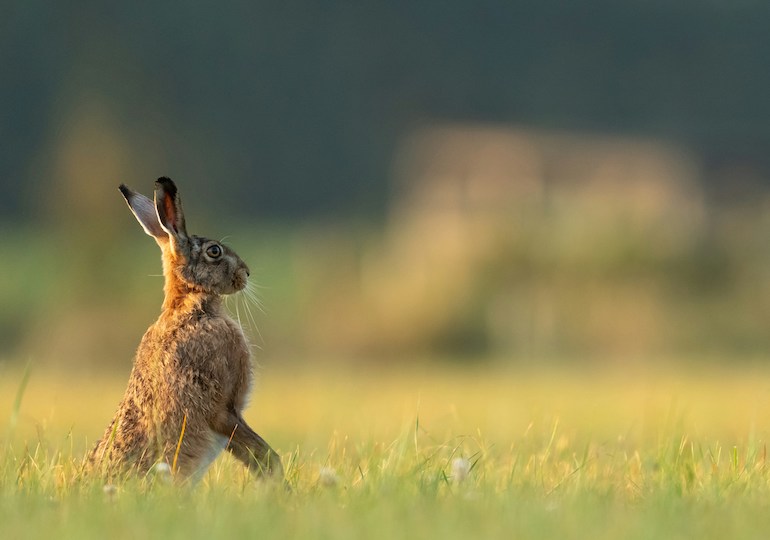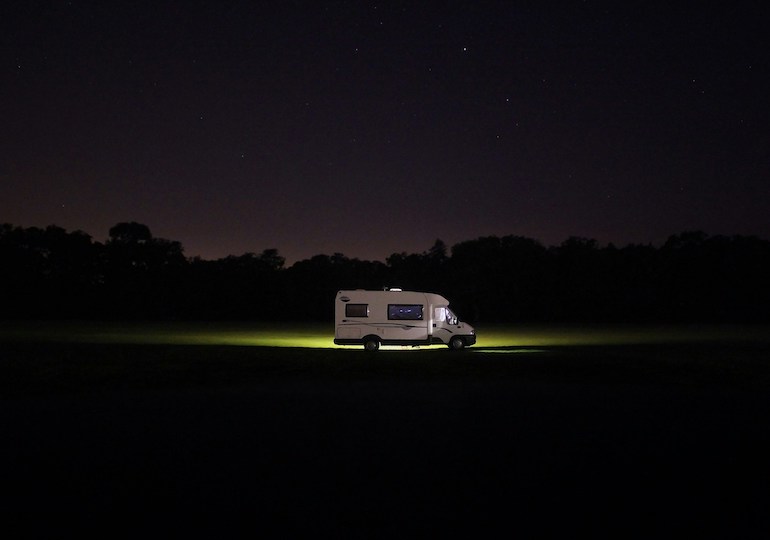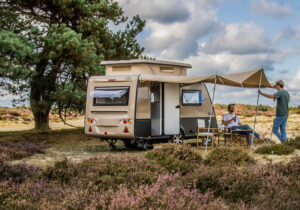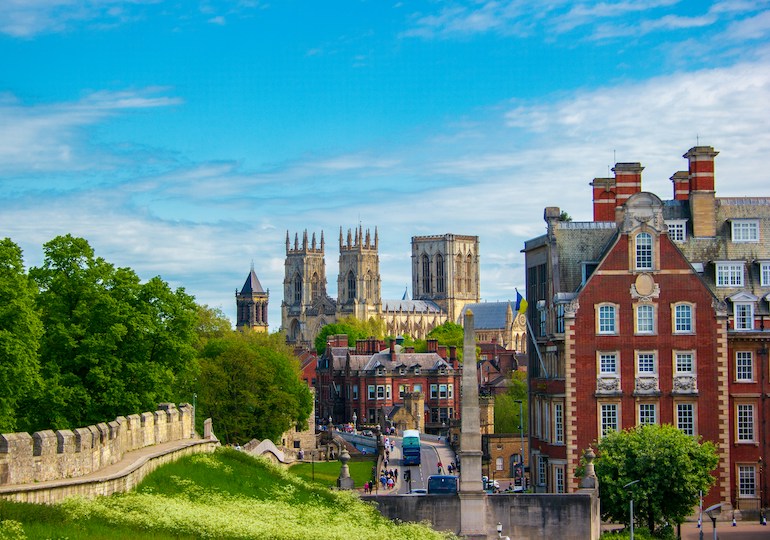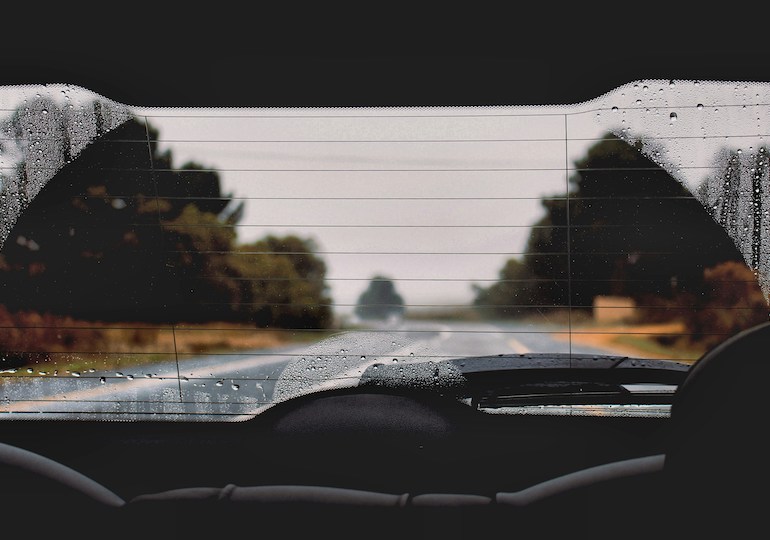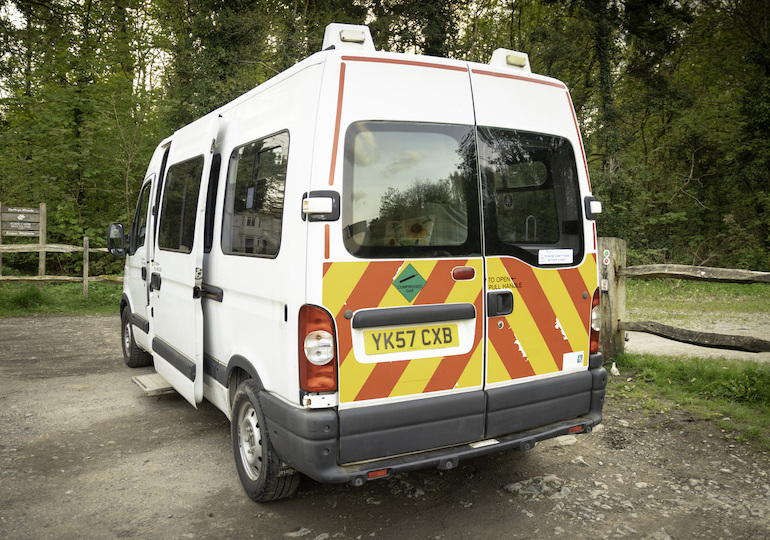A touring trip in your caravan or motorhome offers a great opportunity to see more of the UK’s native and exotic wildlife.
After all, pitching up in the countryside increases your chances of spontaneous encounters with animals, which can be particularly special if you live in a city.
Park Holidays is keen for its visitors to embrace the nature around its sites and has studied the destinations with the most animal sightings to help inform your next trip.
It found that Suffolk stands out as the region with the widest variety of species, while Yorkshire took the top spot for animal encounters.
Some 7,380 sightings of animals including Eurasian otters and Siberian chipmunks were reported in the county in a year.
Dorset was revealed as the best UK location to find rare Sika deer, which have yellow-brown fur with white spots that changes to a greyish-brown during the winter months.
Spot hedgehogs, rabbits and moles in Yorkshire
Yorkshire’s moors and dales have long been recognised for their stunning scenery and a chance to get up close with nature.
Small species such as squirrels, hedgehogs and rabbits are plentiful in this part of the UK and 905 sightings of the European mole have been reported.
Less common are glimpses of red deer and American mink, which have been spotted six and 12 times respectively.
Derbyshire for water voles and badger sightings
Channel the Wind in the Willows on a touring holiday in Derbyshire, as you keep your eyes open for the European water vole and Eurasian badgers.
Hiking the county’s rolling hills and plentiful trails offers plenty of opportunity for wildlife sightings, so be sure to keep your eyes peeled.
Some of the more unusual sightings have included Eurasian pygmy shrews – seen 20 times – and even seven polecats.
See deer in Dorset
Brown hares are a stunning sight streaking across the landscape in Dorset, with hedgehogs and squirrels also often seen.
The southern county is best known for its dramatic coastline, with many nature lovers heading to the likes of Durdle Door and Lulworth Cove.
A true highlight of a visit to Dorset would be an encounter with the Sika deer, which only 47 people have reported seeing.
Top tips for wildlife spotting
- Plan your outdoor time. Early mornings and late evenings are often the best times to see wildlife.
- Stay quiet and be patient. Don’t scare the animals off by talking or wearing brightly coloured clothes. Patience is key to spotting elusive species.
- Pack binoculars. Stashing a pair in your caravan or motorhome means they’ll be to hand for spontaneous sightings.
- Visit diverse habitats. You’ll see different species in woodlands, wetlands and meadows.
- Respect the environment. Avoid disturbing animals in their habitats and be sure to take all your litter away with you.
Photo credit: Unsplash/Vincent van Zalinge

